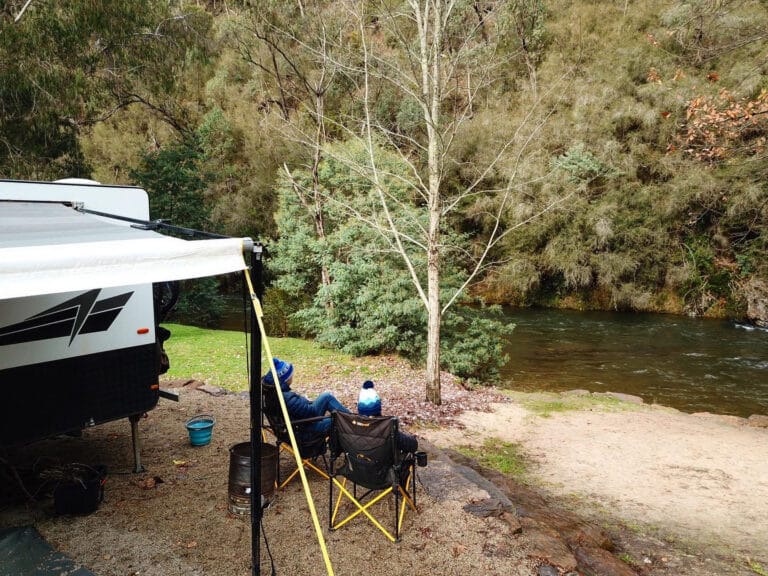Here’s how to tell them apart
Words Collyn Rivers images Mark Allen & RV Daily
Few things in everyday life fall in price as have solar modules. In 1977 they cost about $100/watt, limiting use mainly to scientific, space and the military. Prices fell progressively to about $10/watt by 1987, and then slowly to about $4/watt. They then plummeted (like a drunken pig down a well) around 2010 as solar installations took off globally. Cost has now more or less stabilised – but with a range of prices from less than $1 to well over $3 per watt for what may seem identical products… but are not.
There is a substantial range of quality. Only a few companies research, design and manufacture solar modules – and those who do use the very best grade of silicon available. Such products are usually physically stronger. Those from REC solar can withstand 35mm hail stones.
Next down are a (still small) number of companies that do less research and development but make good reliable products at realistic prices. Products of the two classes above can be totally relied upon to meet their technical specifications. The latter are likely to be the best value for RV owners.
All good solar modules are likely to have at least a 20-year lifespan. Twenty-five year warranties are far from rare. The cost of this is factored into the price. It is only of value, however, if the company is still in business for that length of time. So who you buy from is also an issue.
A high percentage of solar module ‘makers’ are only solar cell assemblers. They cobble together modules using bought-in solar cells – often by ultra-cheap labour. The cells are likely to be of reasonable quality – but not necessarily the frame or the assembly process (which is likely to include hand-soldering of a typical 36 cells (for a 12-volt solar module). These are the cheapies often found on eBay. They are often the very same products with differing brand names.
Another price consideration is that there are three main types of solar cell technology. The most costly are monocrystalline silicon. These are by and large the best ones for RVs – they produce the highest number of watts per area, a major issue if a lot of solar is desired and RV roof space is limited.
Polycrystalline solar modules are marginally cheaper. The very latest are claimed to match monocrystalline in all areas. Most however are larger per watt than monocrystalline. Amorphous (thin-film) solar modules are by and large the least efficient, but tolerate heat better than most. The very best (Solar Frontier CIS) are claimed to be close to monocrystalline in all respects. These (amorphous) modules are also made in flexible form. This enables them to be adhered to curved roofs.
Price variations here are huge. Care is required when buying as high price may simply be a bait for those assuming (in this case wrongly) that price always equates to quality. Some may be only 10-12% or so efficient and not necessarily reliable.
Portable Solar
Amorphous modules are available in folding or roll-up form, and sold with a connecting cable. This cable needs to be of adequate cross-sectional area (of about six square millimetres) to avoid major voltage (and hence power) losses. As copper is expensive, the cheaper products are likely to have cable consisting mainly of thick plastic. Most such modules must be connected across the existing solar regulator.
Some modules have a built-in solar regulator, enabling them to be connected directly across the battery. Upmarket versions of these regulators may include a so-called Multiple Power Point Tracking (MPPT) function that optimises operation.
Cheap ones, however, may have MPPT marked on them while lacking that function (this is common with cheap eBay ‘MPPT’ units). The solar area is a mini-minefield for those truly believing one can buy a Rolls-Royce at Lada prices. The sad fact that many people do believe the fable can be seen thanks to forum posters seeking advice on how to make their $20 MPPT units work as claimed. They can’t.
RV Daily advises to deal only with the better known and long established vendors in the RV area. Unless you truly know what you are doing, avoid eBay specials.
If you’re seeking a pair or more of folding rigid modules and you’re handy with tools, you can save a lot by simply buying pairs of high-quality rigid modules and hinging them using quality stainless-steel hinges. Above all, use heavy cable. Portable modules are readily stolen – so include a strong stainless steel flexible security cable terminated with a swaged-on lockable shackle connected to something solid on your RV chassis.
Collyn Rivers writes books about this sort of stuff. His best-known in this area is his aptly-named Solar That Really Works!












